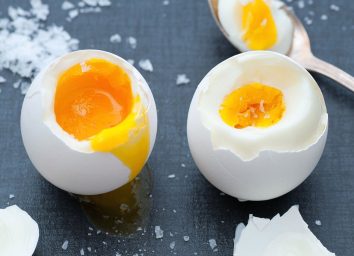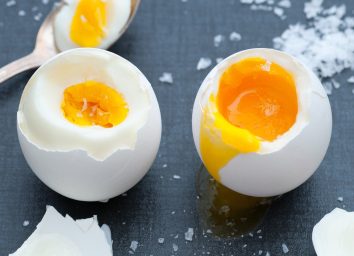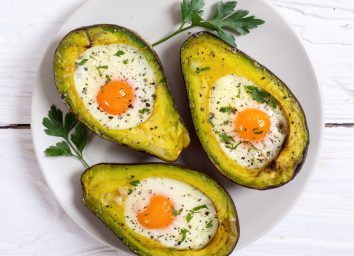20 Things Everyone Should Know About Eggs
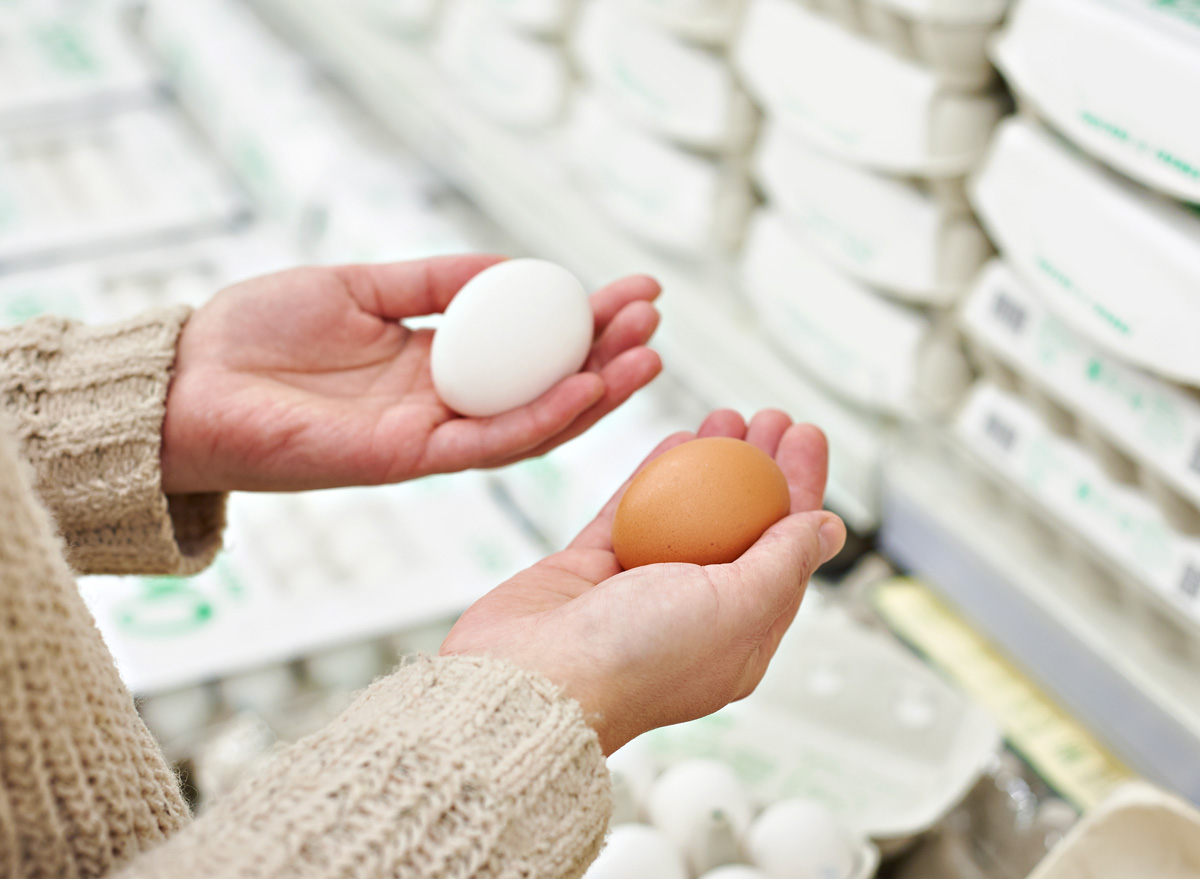
If you ever had reason to doubt that eggs are among the most popular sources of protein in America, consider this: the average American eats 19 pounds of eggs per year, according to the USDA.
Eggs really are all that they're cracked up to be. They're a breakfast mainstay, baking essential, and snack staple. But despite their widespread popularity, you may not be as familiar with the lesser-known facts about eggs.
Between uncovering why American eggs have to be refrigerated while other countries' ovules aren't and the reason why brown eggs are more expensive than white, you'll be blown away by these eggciting tidbits of info. Get ready for us to lay on the trivia! And for more, don't miss these 15 Classic American Desserts That Deserve a Comeback.
The yolk and the whites have the same amount of protein
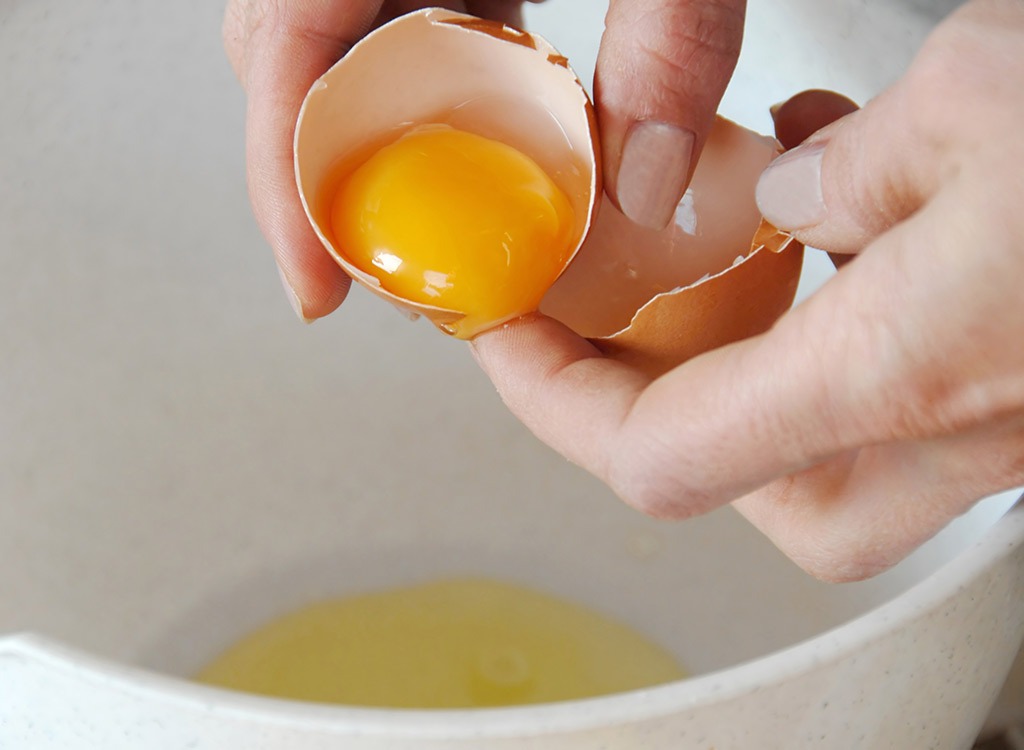
This fact certainly surprised us! Both the egg white and egg yolk contain 3 grams of protein each. So while we traditionally associate egg whites with protein, they don't really have an advantage over their yellow counterpart. The main difference, however, is in the calories. While a single yolk contains 3 grams of protein for 60 calories, a single egg white provides you with 3 grams of protein for just 15 calories. So, leaving out the yolk means you can get an equal amount of protein for fewer calories. That being said, due to the high levels of good-for-you micronutrients in egg yolks, we recommend you eat them.
'Cage-free' eggs may come from hens that live in cages

Many consumers assume the "cage-free" label on egg cartons means the chickens laying these eggs have the ability to roam around a field. Unfortunately, that's far from the truth. "Cage-Free" only means hens are required to have a minimum of 120 square inches per bird, which is not even double the area of conventional battery cages. Hens often still exclusively live indoors, either in large barns known as aviaries or crammed into bigger "enriched" cages that allow for some natural habits. If you're wondering what other egg carton claims mean, don't miss our exclusive report on demystifying egg carton claims.
All eggs are hormone-free

Even though many cartons promote that their eggs are free of hormones, this claim is nothing special. It's like saying that water is wet. That's because the FDA banned the use of hormones in all poultry production back in the 1950s. Therefore, no chicken eggs will ever contain hormones.
The reason eggs are blue isn't too appealing
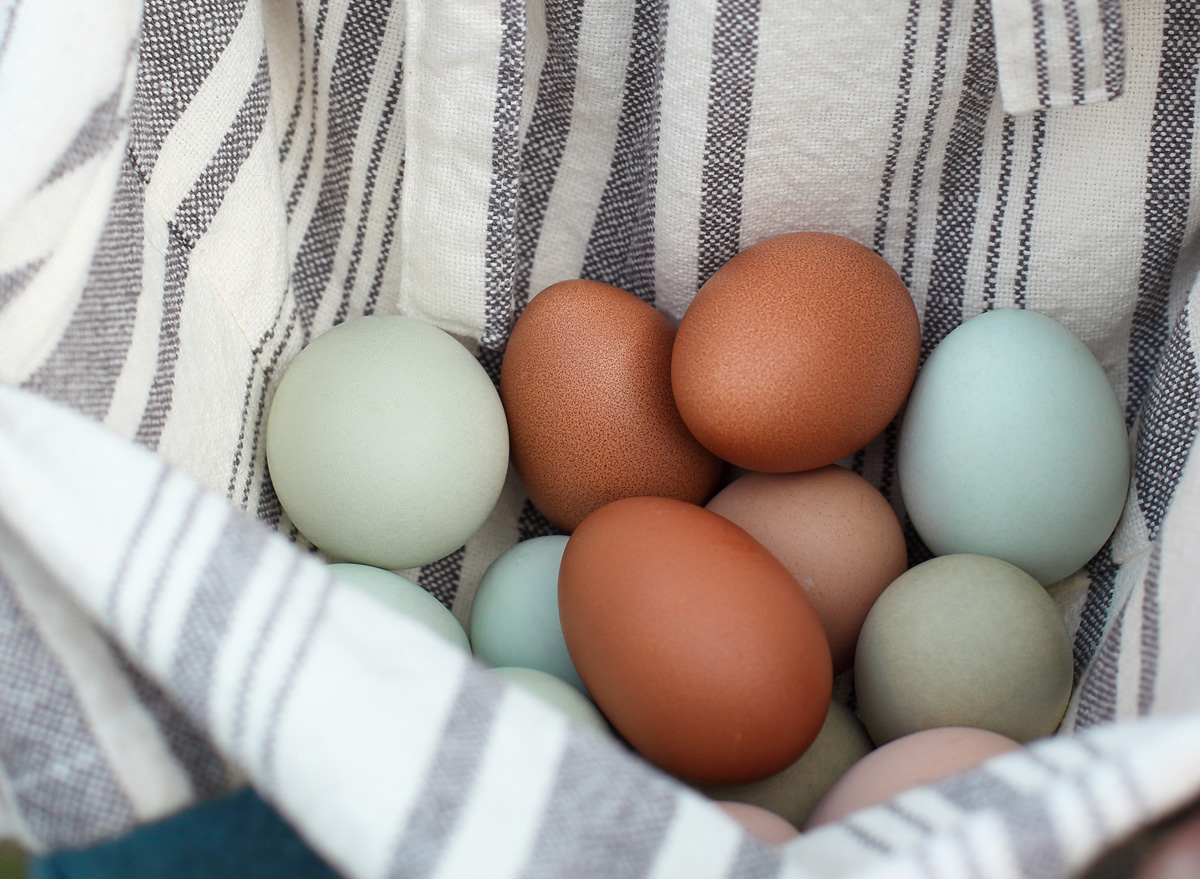
Have you ever seen a blue chicken egg? There's a crazy story behind how these eggs garnered their brilliant blue color. According to a PLoS ONE study, over 500 years ago, a virus infected a species of native South American chickens. This infestation resulted in a genetic mutation that triggered an accumulation of a pigment known as biliverdin, which ultimately caused the chickens to produce blue and green eggs!
How thick an eggshell is will depend on the age of the laying hen
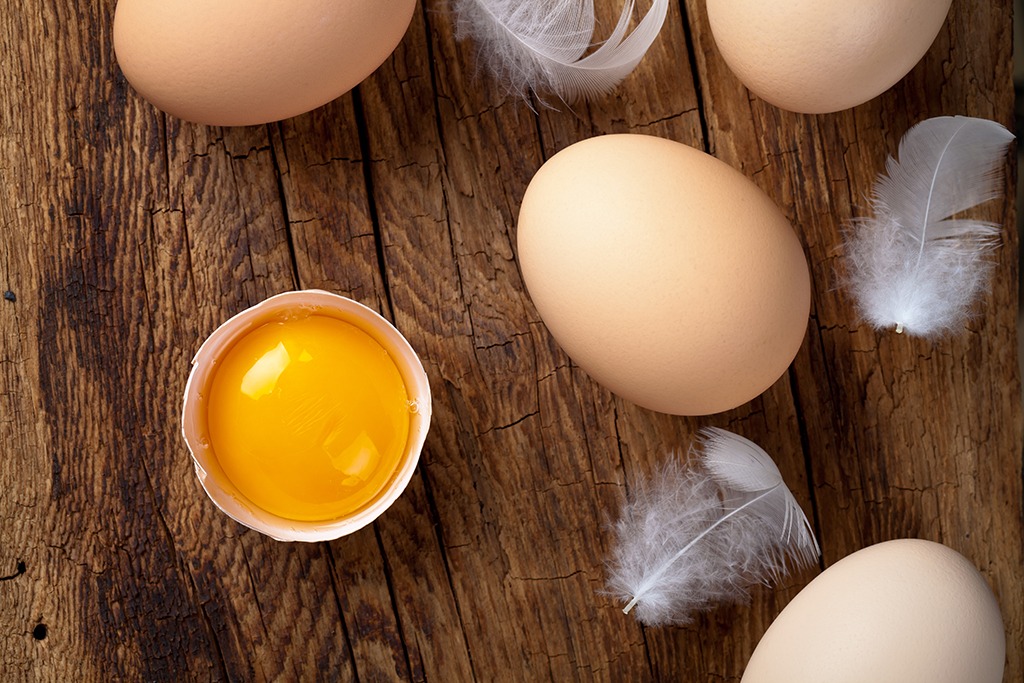
It's a common misconception that brown eggs have thicker shells than white eggs. In reality, the thickness of an egg solely depends on the age of the chicken: while young chickens lay eggs with harder shells, old chickens lay eggs with thinner shells. This thickness will happen regardless of the chicken breed or egg color.
Egg shell color doesn't indicate nutritional advantages
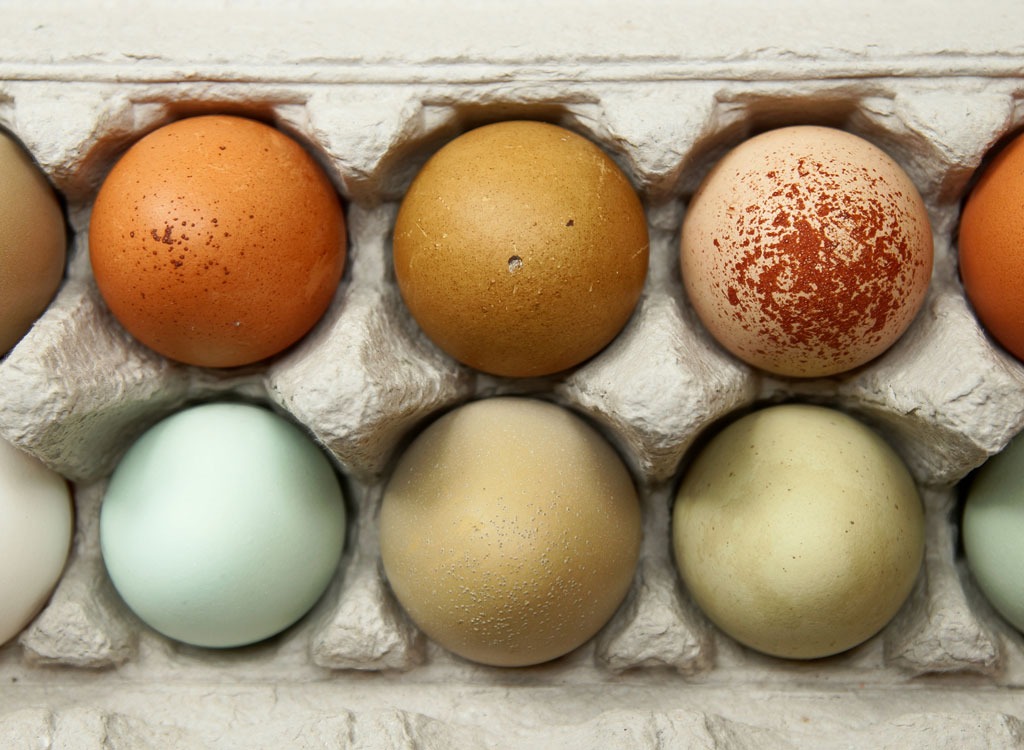
Blue, green, and brown eggs all look more unique and interesting than white eggs, but just because white eggs are lacking in color doesn't mean they're lacking in nutrition. The differences in eggshell color is solely due to genetics. Therefore, if a blue egg-laying chicken is raised under the same conditions as a white egg-laying chicken, there will be no difference in nutrition or taste between the different colored eggs.
Egg yolk color, on the other hand, does indicate nutritional differences
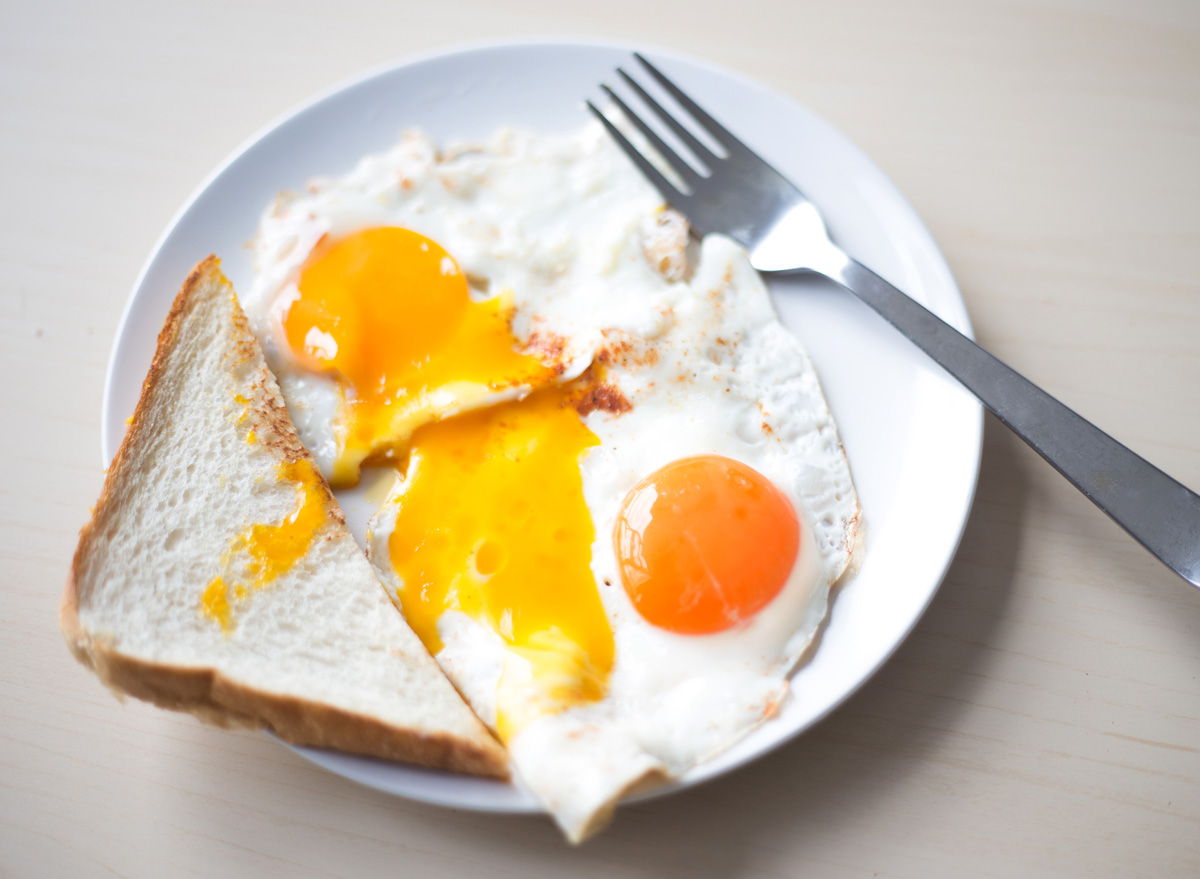
Egg yolks will range in color—from pale yellow to deep orange to even a bright red—based on a hen's diet. Because free-range hens often eat more pigmented, nutritious foods that range from insects to grasses, eggs from these chickens often have richer-colored yolks. On the other hand, conventional, grain-fed chickens will produce lighter yellow yolks. As for those red yolks we mentioned? One chef—Dan Barber, executive chef of New York-based Blue Hill restaurants—worked with Cornell University researchers to develop a feed blend high in red peppers that allowed hens to produce strawberry-colored yolks.
As for the difference in nutrients between yolk colors? The protein and fat counts will often remain the same regardless of yolk color, but there can be up to a 100-fold increase in micronutrient value of certain antioxidant carotenoids like lutein and beta-carotene in yolks fed a more nutrient-dense diet (like in pasture-raised hens), according to a 2010 study published in the Journal of the Science of Food and Agriculture. Rich, dark yolks will contain more of these potent antioxidants: compounds which mop up harmful toxins that promote inflammation and fat storage. Other studies have indicated that the same healthy diet that produces richer-colored yolks results in eggs with higher levels of heart-healthy omega-3s and less cholesterol.
Chicken earlobes can predict what color egg they will lay
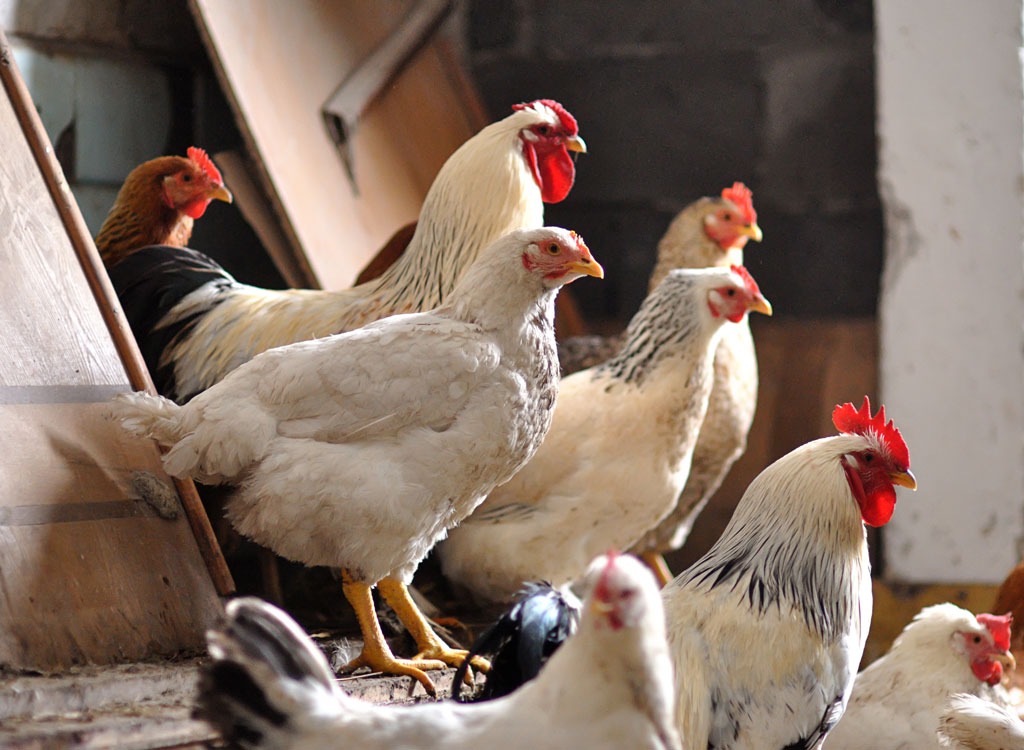
Strange, but true: the color of a chicken's earlobes—yes, chickens have earlobes—is a good indicator of the color of the eggshell it will lay. In general, chickens with white earlobes generally lay white eggs, while chicken with red or brown earlobes lay brown eggs.
Not every egg in your carton is the same size
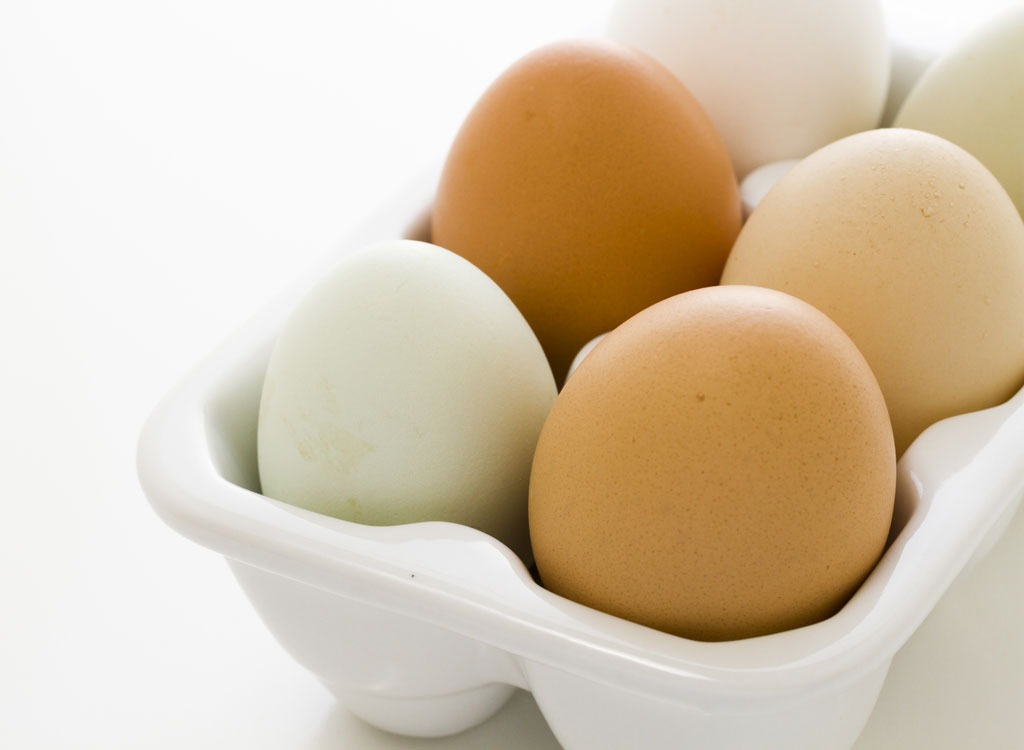
Although your carton says you're getting "Large" eggs, not every egg in that paper box is exactly the same size. Rather than requiring a specific size and weight for individual eggs, the USDA has guidelines for egg weights per dozen. That's because there will invariably be differences between individual eggs. Below are the USDA's egg size guidelines:
Small: 18 ounces (about 1.5 ounces per egg)
Medium: 21 ounces (about 1.75 ounces per egg)
Large: 24 ounces (about 2 ounces per egg)
Extra Large: 27 ounces (about 2.25 ounces per egg)
Jumbo: 30 ounces (about 2.5 ounces per egg)
Bonus fun fact! The size of the egg depends on the age of the hen. The older the hen, the larger the egg she produces.
All eggs start out white
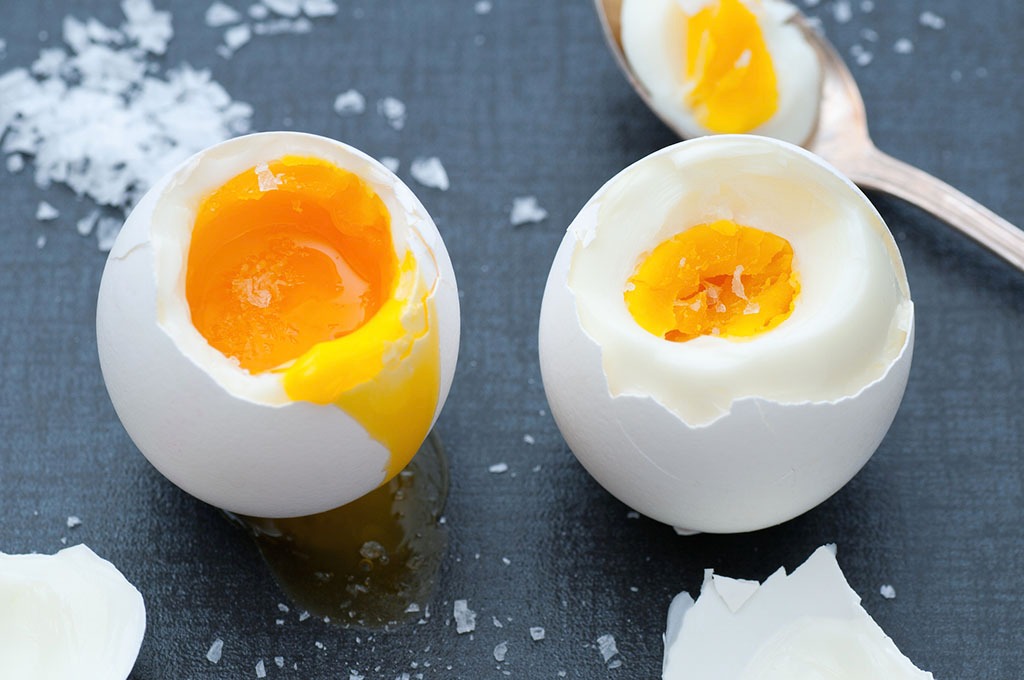
Despite color differences at maturity, all eggs start out white in their development!
'Free-range' hens may never step foot outside
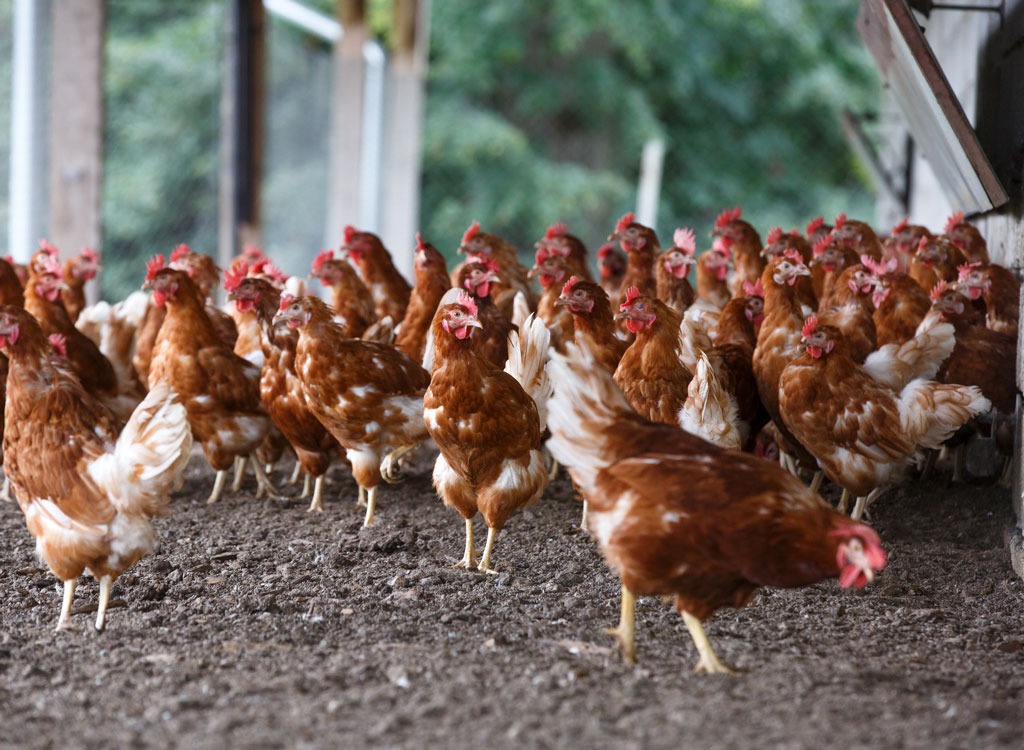
"Free-range" eggs are certainly a step above "cage-free," but the term is still a bit misleading. While "free-range" hens have the option to go outside, the reality is that many hens do not actually wander outside their barns as doors are small, are only open for limited times, or don't accommodate the entire flock.
You can see how old your eggs are by testing their buoyancy
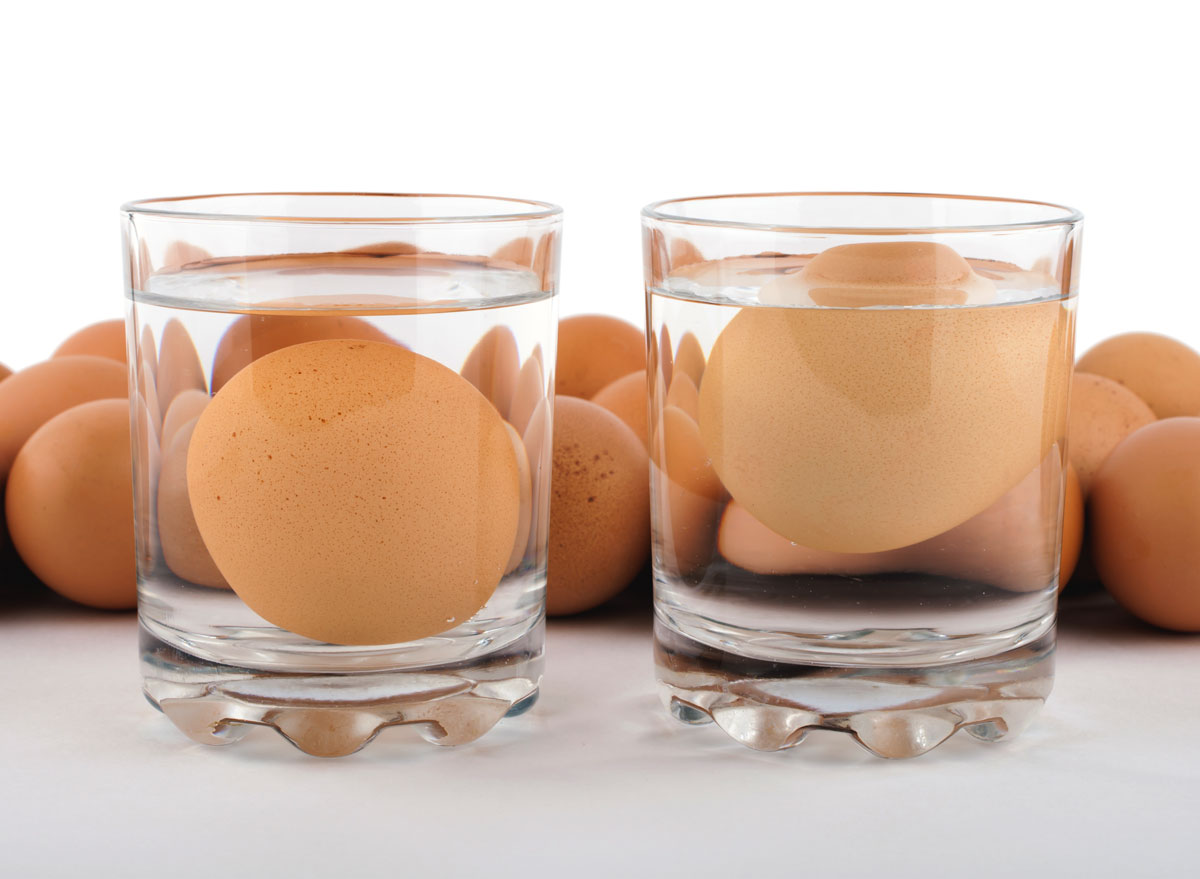
Eggshells are porous. That means they allow air to move through them. As eggs age, they take in air and develop an air pocket. In general, you can test an egg's freshness by placing it in a cup of water. If the egg floats, it indicates the egg is old and has a large air pocket, in which case you should pass on eating it. If it remains on the bottom, the egg is usually safe to eat. To be extra sure of an egg's freshness, you can smell the egg before eating it. If it smells rotten, you should pass.
Grade AA eggs are best for poaching

According to USDA guidelines for grading eggs, AA quality eggs have egg whites that are "clear and firm," whereas A quality egg whites are only "clean and reasonably firm." Because AA quality eggs have the firmest egg whites, fresh AA eggs are the best eggs for poaching, since you'll be dropping a whole cracked egg into water. The firmer the whites mean the less white will wisp away into the simmering water.
You'll likely never see grade B eggs in stores
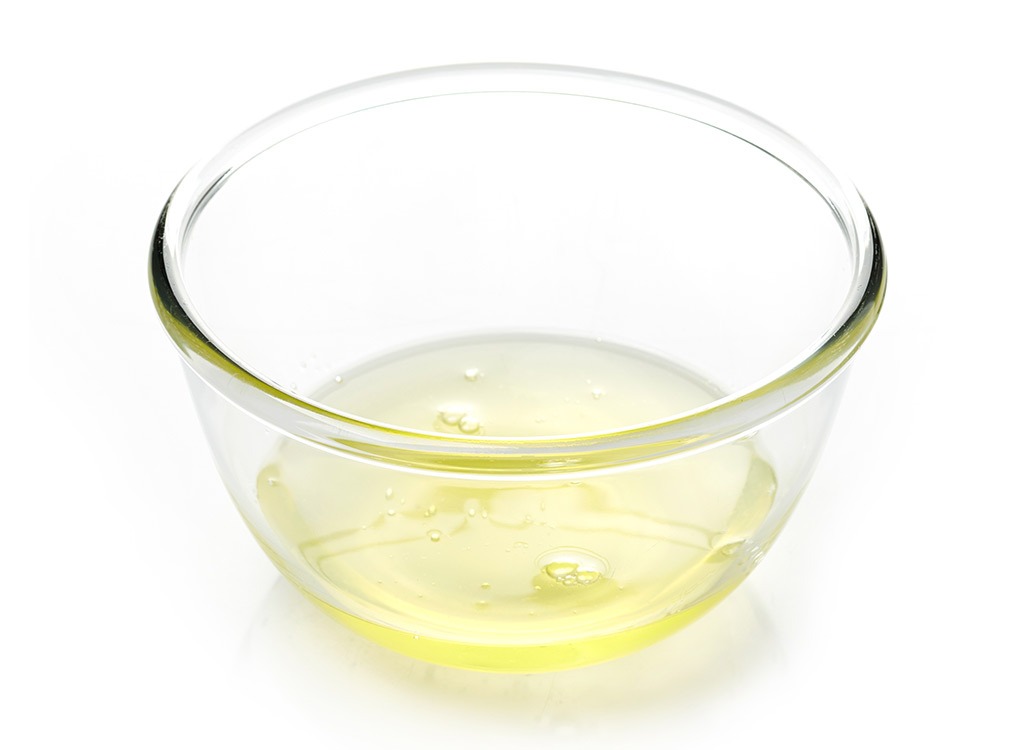
B quality eggs are rarely ever sold in stores. These eggs have such a reduced quality—they have flat yolks, thin whites, and occasionally have blood spots—that they will be used commercially in liquid and powdered egg products. That's one reason why boxed egg whites are among the worst packaged foods in America.
Don't rely on eggs for omega-3s
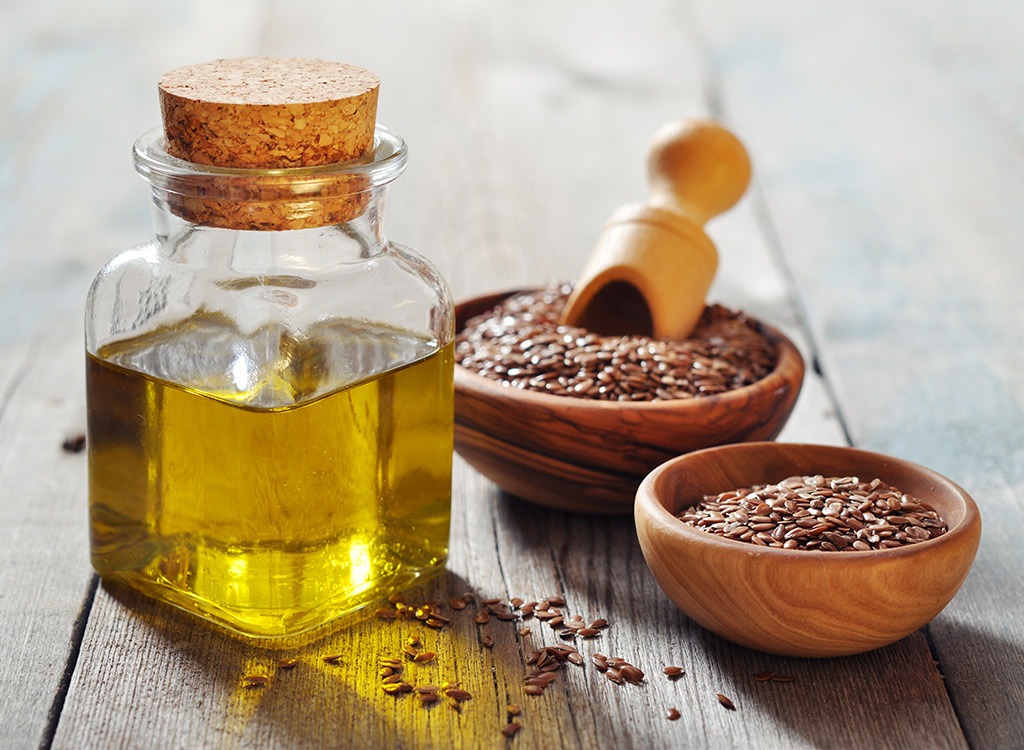
If you know that omega-3 fatty acids reduce inflammation, improve cognitive function, and may reduce your risk of heart disease, then you'd likely think that omega-3-enriched eggs—which come from hens whose feed is supplemented with flax seeds or fish oil—are a great choice. The thing is, they're probably not worth paying extra for. In fact, this claim is not USDA regulated, so it's more of a marketing tool than anything else. There's no way to prove the eggs have significantly more omega-3s either. If you're looking to increase your intake, look to organic, pastured eggs (which naturally contain about 30 milligrams of omega-3s), wild fatty fish, or chia seeds.
Brown eggs are more expensive than white, but it's not because they're healthier
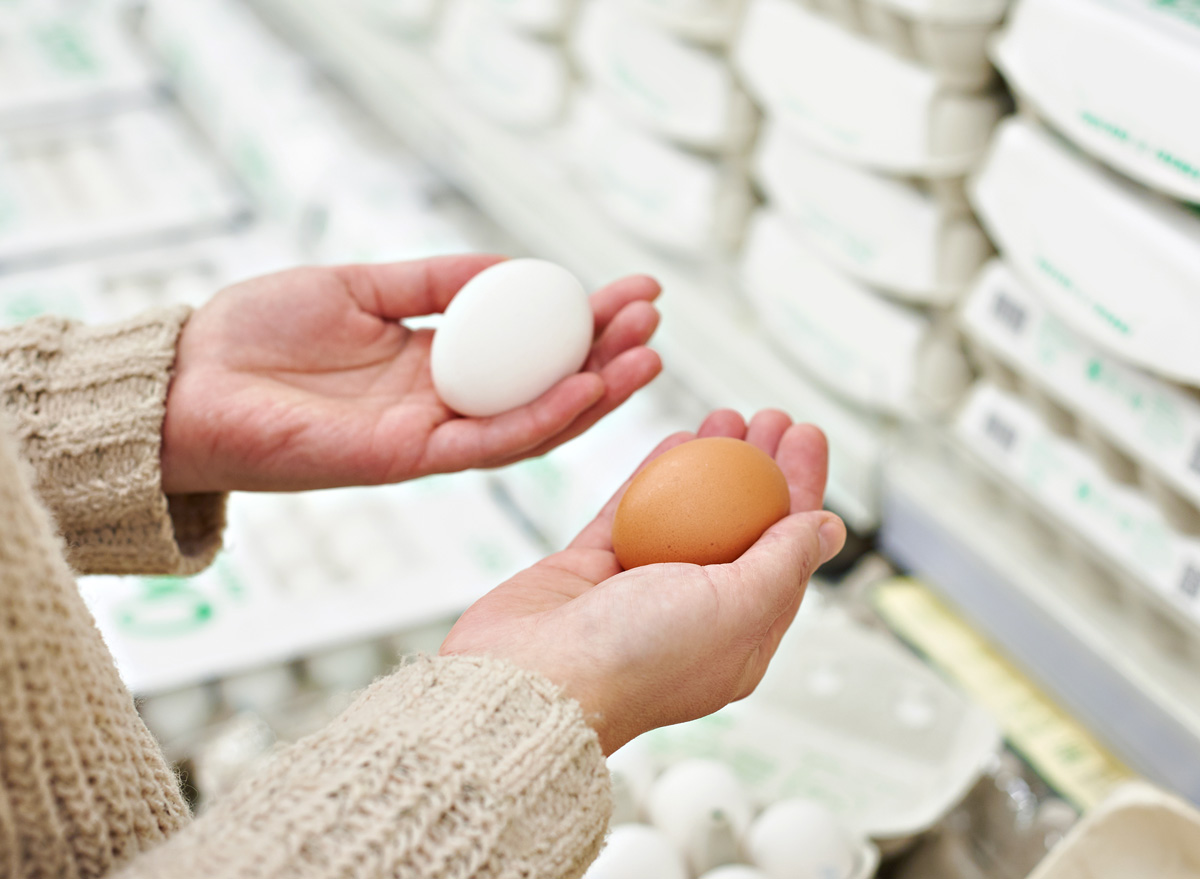
Yes, brown eggs are typically more expensive than white eggs, but, unlike what you may have assumed, their high price has nothing to do with their quality. Brown eggs cost more because the hens that lay them are physically bigger breeds than the white-egg-laying chickens. Because bigger hens need more food, farmers have to spend more on feed. In turn, the increase in cost of production per egg gets passed onto consumers. (So, it's not like white bread vs. whole-grain bread.) Now that we've busted one popular food myth, don't miss these nutrition myths—busted!
You don't have to be as concerned about cholesterol unless your doctor says so

Egg whites are out; yolks are back in. Decades ago, American public health officials believed that consuming the cholesterol found in egg yolks could raise your blood levels of cholesterol, which can ultimately lead to increasing your risk of heart attacks and stroke. Now, clinical studies show that the dietary cholesterol found in eggs has a modest effect on blood cholesterol. It's so low, in fact, that the 2015-2020 Dietary Guidelines have removed the 300 mg dietary cholesterol limit, referencing the fact that all available evidence suggests there is no relationship between consumption of dietary cholesterol and levels of blood cholesterol. (Surprisingly, eating eggs may actually help to lower your cholesterol.
Eggs are one of the few dietary sources of vitamin D

Most people "consume" vitamin D through exposure to sunlight. That being said, you can also consume vitamin D through food—but your options are fairly limited. Besides cod liver oil, sardines, salmon, and milk, eggs are among the best (and few) dietary sources of this immune-boosting vitamin.
To ensure you're getting the most of this vitamin D food, don't bake your eggs. According to a study published in the journal Food Chemistry, when eggs are scrambled and then baked in a 350°F oven for 40 minutes, only 39 to 45 percent of the eggs' vitamin D was maintained. Contrarily, when you fry or boil eggs, you can retain 82 to 88 percent of the eggs' immune- and mood-boosting vitamin D.
The white stringy thing is a sign of a good egg
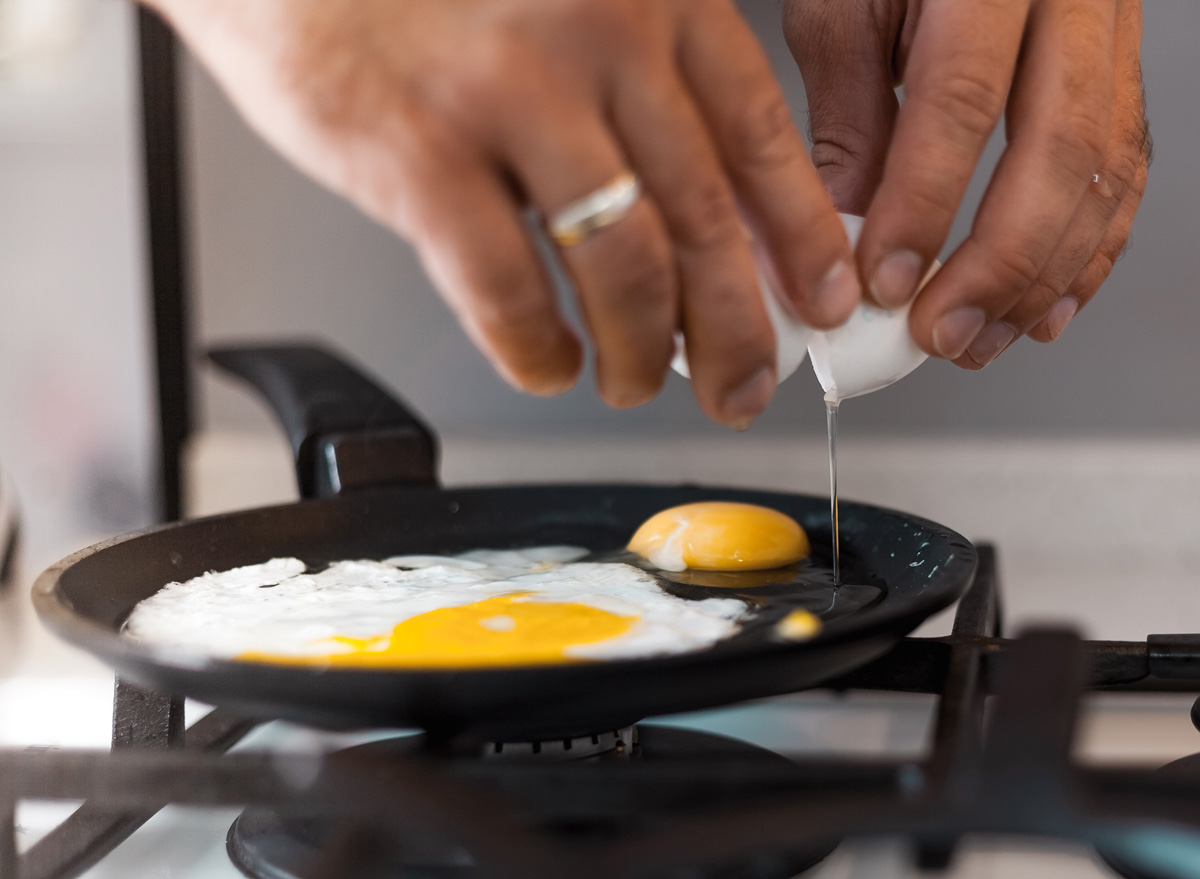
Those curly, white strings that bunch up at the edges of egg yolks are called chalazae. They're actually twisted membranes that join the yolk to the end of the shell. Not only are these fibers completely edible, their presence is actually a good sign: The more prominent the chalazae, the fresher the egg, according to IncredibleEgg.org.
American eggs need to be refrigerated

Salmonella can be found on the outside of an eggshell because eggs are laid through the same passageway as feces is excreted. To minimize the risk of salmonella, the USDA requires all American eggs to be washed (and often times sanitized) at the processing plant. Because this washing step removes the natural lining that protects an egg from infection called a "bloom," we have to then refrigerate our eggs to keep our eggs chilled to minimize bacterial infection. That's why eggs are not on our list of surprising foods you don't have to keep in the fridge.
